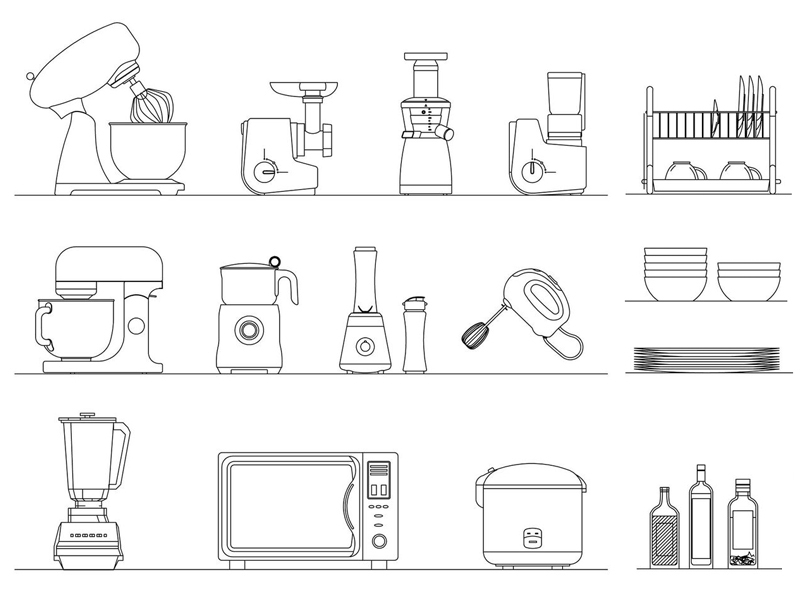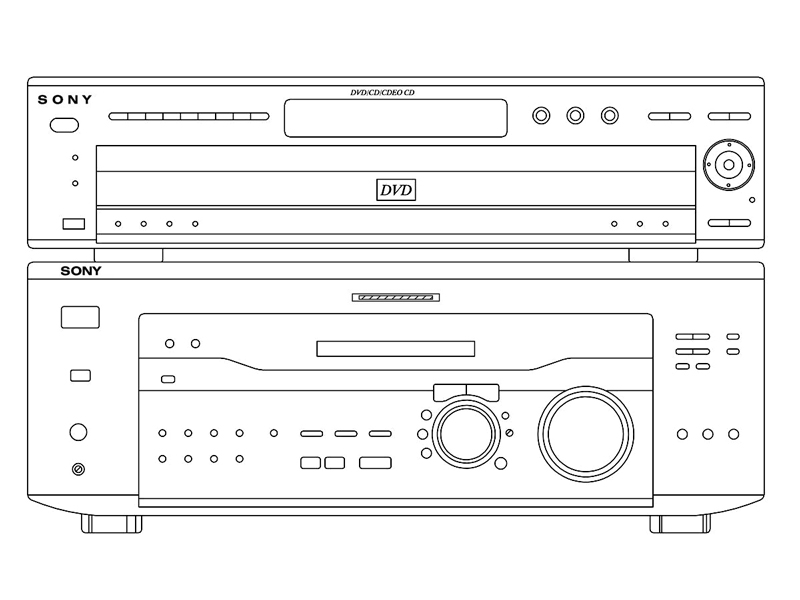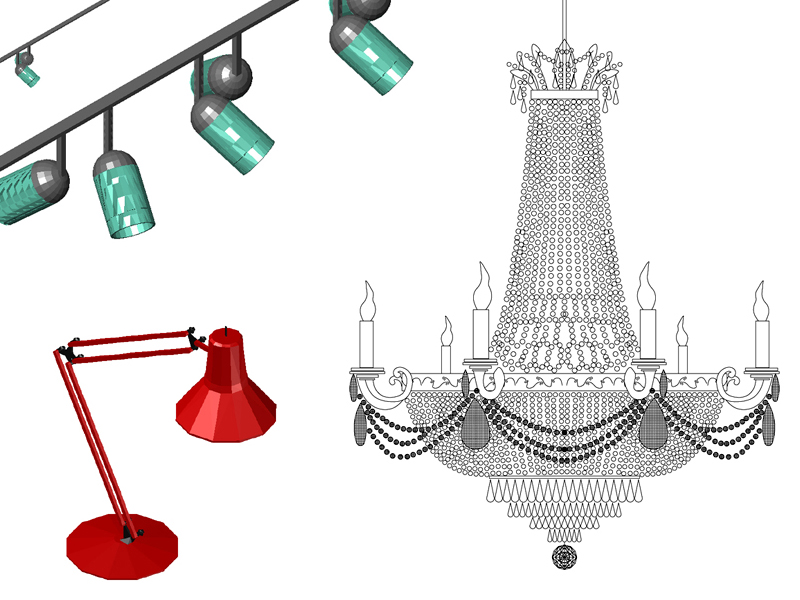The energy label
To consider when buying a new appliance
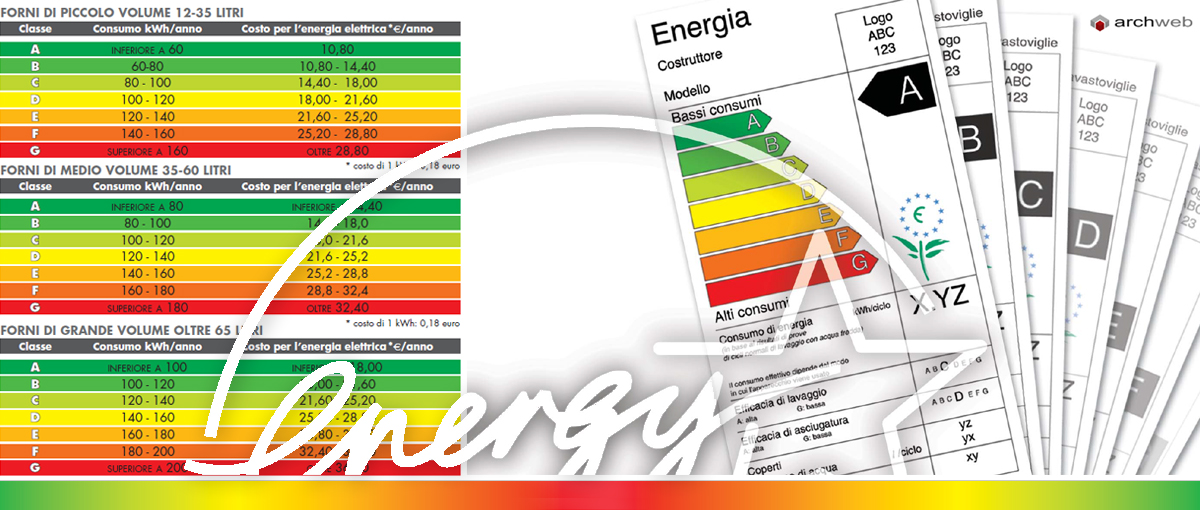
The Energy Label is a document that informs consumers about the characteristics and energy consumption of each model of household appliance on sale.
It is a very important document, to be considered when purchasing a new appliance, because it allows you to evaluate the operating costs of each appliance, helping to choose, with the same technical characteristics, the appliance with the lowest energy consumption.
The Energy Label is mandatory in all member countries of the European Union. It must be displayed by the retailer, in front of or on top of all appliances for sale, even if still packaged. In the case of purchases made by mail order or online, the seller must disclose the energy and functional performance of the product in the catalog offering to the public.
In Italy, as in other European countries, the energy label was introduced starting in 1998. Over the years the legislation has undergone some changes and is now mandatory for the following appliances placed on the EU market: refrigerators and freezers, washing machines, dryers, dishwashers, electric ovens, electric lamps, air conditioners, boilers and heating systems.
The legislation on the energy label
The European Union has concretely addressed the issue of labeling household appliances starting from 1992 with Directive 92/75 / EEC, which established the need to apply an energy label to major household appliances.
European countries have implemented the directive and in Italy the energy label for refrigerators and freezers was introduced in 1998, in May 1999 for washing machines, in June 2000 for dishwashers, in July 2002 for household lamps and in July 2003 for electric ovens and air conditioners.
Also in 2003, two new energy efficiency classes (A + and A ++) were introduced, only for refrigerators, to meet the need to catalog increasingly efficient appliances.
In 2010, Directive 2010/30 / EU extended the possibility of applying the label to all “energy-related products”.
Directive 2010/30 / EU introduced three new energy efficiency classes for all products: A +, A ++ and A +++, which added to the traditional scale from A to G, and renewed the graphics of the label, introducing the pictograms instead of the texts shown in the various languages of the European Union. Making it, in this way, unique throughout the European territory.
The latest in chronological order are the European regulations 811/2013, 812/2013, 813/2013 and 814/2013 which introduced the energy label for boilers, water heaters and thermal systems, which became mandatory in Italy from 26 September 2015.
For some equipment, specific Community legislative acts have established minimum energy efficiency requirements in order to be sold:
- the energy efficiency class A + is the minimum for refrigerators and freezers, from 1 July 2012.
- the energy efficiency class A is the minimum for washing machines, from 1 December 2011; the washing efficiency class A is the minimum for appliances with a load capacity greater than 3kg.
- the energy efficiency and washing efficiency class A is the minimum for standard size dishwashers, from 1 December 2011.
How to read the energy label
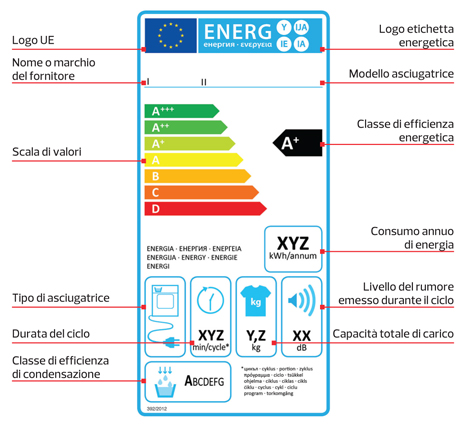
The labels of the different equipment have recurring elements and a similar graphic layout.
The name of the manufacturer or brand and the identification of the model are always present, together with an indication of the annual consumption of electricity in kWh.
The most important information on the label is that relating to energy efficiency. A series of arrows of increasing length, associated with the letters from A to G, allow you to compare the consumption of the different appliances and choose the appliance that consumes the least. The letter A indicates lower consumption. The letters from B onwards indicate gradually higher consumption.
For some appliances there are also classes A +, A ++ and A +++ which indicate increasingly efficient products.
Finally, some pictograms present the technical characteristics of the appliance.
Source: http://www.efficienzaenergetica.enea.it
SEE THE BROCHURE ON THE ENERGY LABEL



























































